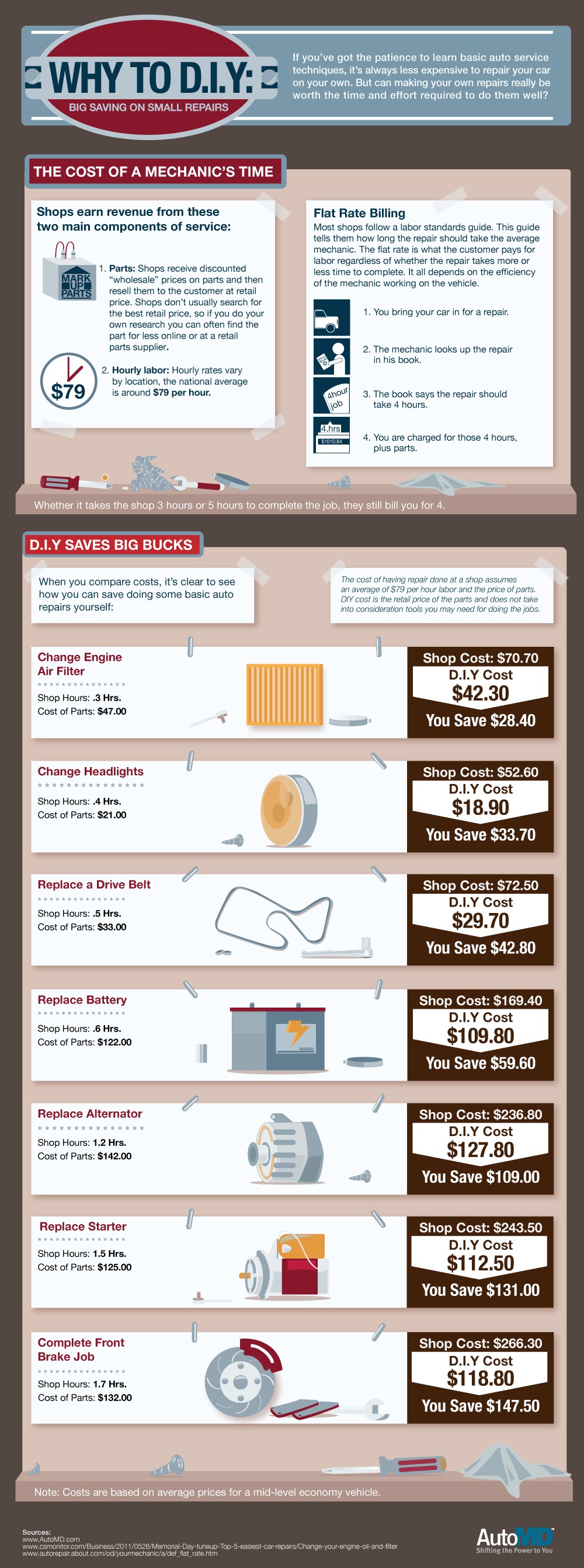Analyzing Your Automobile'S Alert Lighting: Their True Ramifications
Analyzing Your Automobile'S Alert Lighting: Their True Ramifications
Blog Article
Post By-Termansen Shepherd
When you're behind the wheel, those radiant warning lights on your control panel can be a bit difficult. Do you understand what they're attempting to tell you concerning your automobile's wellness? Understanding the value of these lights is vital for your security and the durability of your automobile. So, the next time among those lights turns up, would not you want to analyze its message precisely and take the essential steps to resolve it?
Common Caution Lighting and Interpretations
Identify usual warning lights in your cars and truck and recognize their meanings to make sure safe driving.
The most normal caution lights consist of the check engine light, which indicates problems with the engine or exhausts system. If this light comes on, it's vital to have your vehicle checked promptly.
https://edgartnhcv.onzeblog.com/32117274/how-to-select-the-right-automobile-detailing-solution-for-your-needs cautioning light indicates reduced oil stress, needing instant interest to avoid engine damages.
A blinking battery light could suggest a malfunctioning charging system, possibly leaving you stranded otherwise resolved.
The tire pressure tracking system (TPMS) light notifies you to reduced tire pressure, impacting car security and fuel efficiency. Overlooking this can lead to unsafe driving problems.
The abdominal light indicates an issue with the anti-lock stopping system, jeopardizing your ability to quit rapidly in emergency situations.
Last but not least, the coolant temperature level alerting light warns of engine getting too hot, which can cause severe damages otherwise solved promptly.
Comprehending these usual warning lights will assist you deal with problems without delay and preserve risk-free driving conditions.
Importance of Prompt Attention
Comprehending the typical caution lights in your vehicle is just the very first step; the value of without delay dealing with these warnings can not be stressed sufficient to ensure your safety and security when driving.
When car odor removal illuminates on your control panel, it's your cars and truck's way of interacting a potential issue that requires interest. Ignoring these cautions can cause much more serious issues down the road, jeopardizing your security and possibly costing you more out of commission.
Motivate focus to cautioning lights can protect against malfunctions and crashes. As an example, a flashing check engine light could suggest a misfire that, if left unattended, can create damage to the catalytic converter. Resolving this promptly can save you from a costly fixing.
In a similar way, a brake system warning light may indicate low brake liquid or used brake pads, critical elements for your safety and security when driving.
DIY Troubleshooting Tips
If you observe a caution light on your dashboard, there are a few do it yourself troubleshooting pointers you can attempt prior to seeking expert assistance.
The primary step is to consult your vehicle's manual to recognize what the certain caution light shows. In some cases the concern can be as straightforward as a loosened gas cap causing the check engine light. Tightening the gas cap might solve the issue.
Another common concern is a low battery, which can activate different advising lights. Inspecting the battery connections for corrosion and guaranteeing they're secure could repair the issue.
If a caution light persists, you can attempt resetting it by disconnecting the car's battery for a couple of minutes and afterwards reconnecting it. Furthermore, examining your automobile's liquid levels, such as oil, coolant, and brake liquid, can aid troubleshoot advising lights related to these systems.
Conclusion
Finally, recognizing your vehicle's caution lights is crucial for maintaining your automobile running efficiently and securely. By quickly resolving these alerts and recognizing what they imply, you can avoid costly fixings and possible break downs.
Bear in mind to consult your automobile's handbook for particular information on each advising light and do something about it as necessary to guarantee a hassle-free driving experience.
Remain notified, stay secure when traveling!
